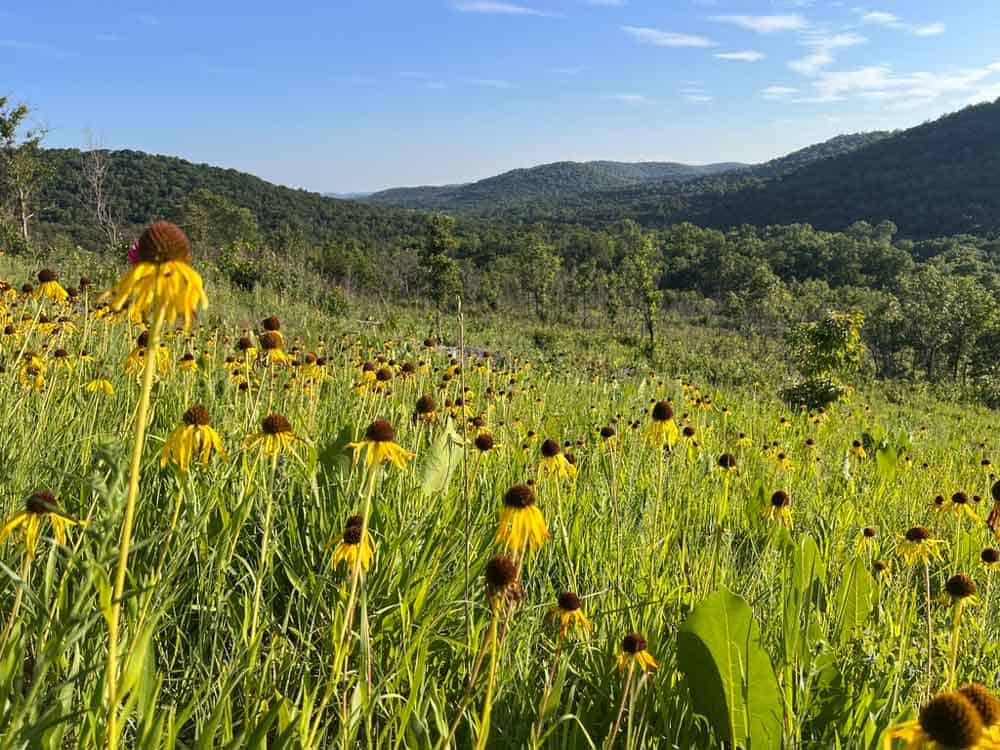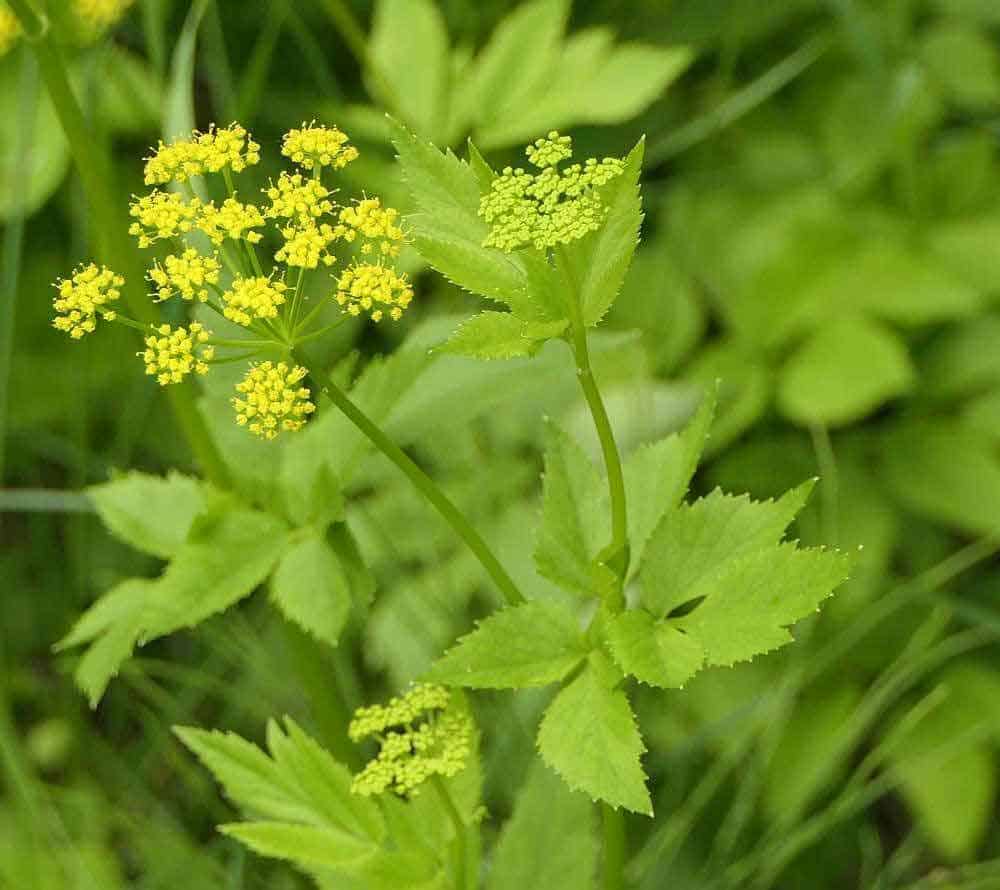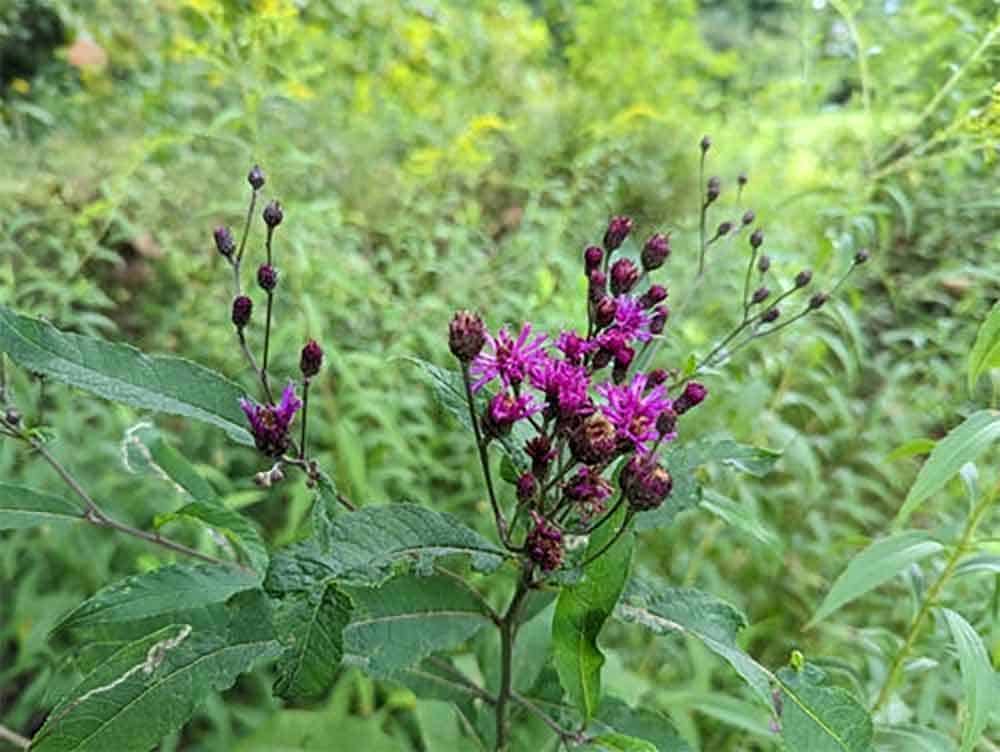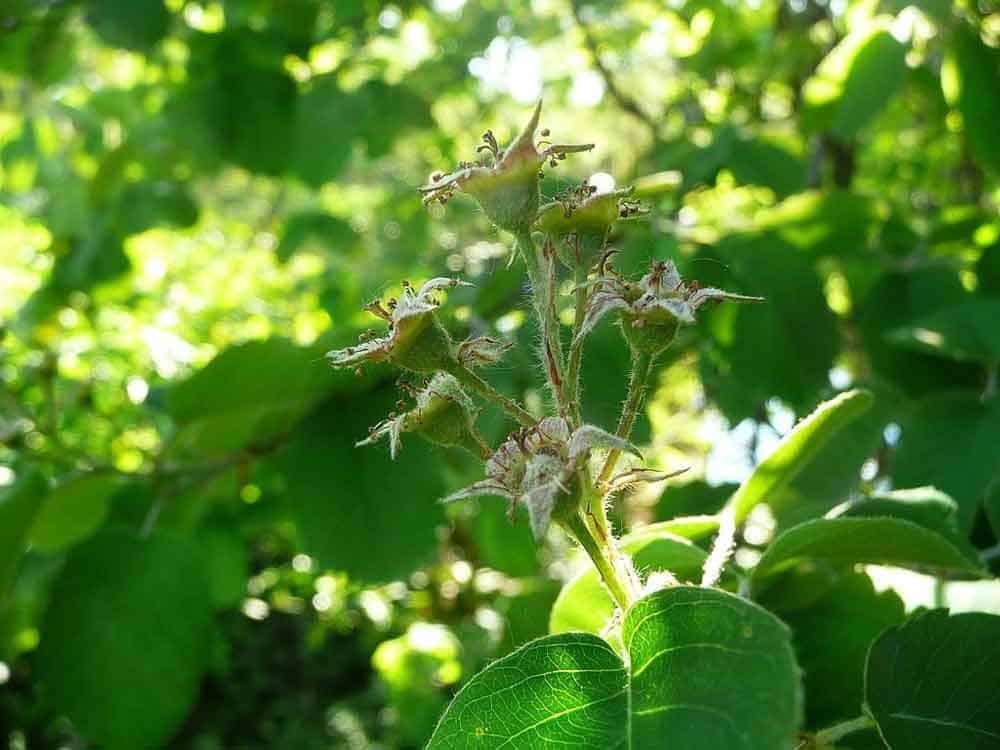Fall Is Just Another Beginning

Summer may not have shown the first signs of winding down, but it’s not too early for eco-friendly gardeners to prepare their native plant landscapes to bring out the best in a fall garden. Late summer is the perfect opportunity to assess your garden’s needs, plan for fall planting, and take steps to support local wildlife. From adding cool-tolerant species to leaving dead stems in place for beneficial insects, there are numerous ways to enhance your garden’s biodiversity and ecological value. This guide offers practical tips for late summer gardening tasks, fall planting recommendations, and insights on creating a thriving native plant sanctuary that will flourish through autumn and beyond.
#1: Assess Garden Needs
Late summer provides an ideal opportunity to evaluate your native plant garden and identify areas for improvement. Take a leisurely stroll through your outdoor space, noting gaps where plants have underperformed or areas that could benefit from new additions. This assessment allows you to create a targeted plan for late summer planting and ensures your fall garden will continue to thrive into the next season. Pay particular attention to soil health, considering factors such as pH levels and nutrient content, as addressing these issues now will set the stage for robust growth in the future.

#2: Plan for Fall Planting
Fall presents an excellent opportunity for planting native perennials, as cooler temperatures and increased rainfall promote strong root establishment. But many nurseries are just now making their fall plants available. And while most gardeners don’t immediately think of fall planting as an option, nurseries often have limited stock. It’s worth the effort to find and reserve live plants now.
Consider adding species like Echinacea, asters, golden alexanders, New York ironweed, and possibly little bluestem to your garden. These plants not only support local wildlife but also demonstrate high adaptability to various conditions and are native across much of the U.S. When planning your fall garden, it’s crucial to avoid planting certain milkweeds, such as butterfly milkweed, too late in the season, as they may struggle to survive winter if not well-established. Prepare your planting areas by removing weeds and debris, but don’t look for a “clean slate” — soil and native plants have been producing their own natural mulch and fungal networks for many months, and usually the less you disturb the landscape the better.
Here are some tips about summer/fall planting for each of the plants mentioned:
Echinacea (Coneflowers)
Echinacea can be planted in late summer, but it is ideal to plant them at least 6-8 weeks before the first expected frost. This allows the plants to establish a strong root system. If planting from seeds, note that Echinacea seeds require a cold, moist stratification period to germinate effectively, so planting transplants or potted plants is preferable for late summer planting.
Asters
Asters can be planted anytime during the growing season, but for late summer planting, it is best to plant them at least 6-8 weeks before the first frost. This timing allows the plants to establish roots and prepare for winter. Asters are hardy and can survive winters easily, but young plants need time to establish.

Golden Alexanders (Zizia aurea)
Golden Alexanders should ideally be planted in early to mid-summer to ensure they are well-established before the first frost. If planting from seeds, they require a period of cold stratification, so fall planting is also an option, allowing natural cold stratification over winter. For late summer planting, using transplants or divisions is recommended to ensure they establish quickly.
New York Ironweed (Vernonia noveboracensis)
New York Ironweed should be planted at least 6-8 weeks before the first frost to ensure proper establishment. If planting from seeds, they need a 60-day cold stratification period, so it is better to plant transplants in late summer. This species can grow quite tall, so consider its mature height when selecting a planting location.
Little Bluestem (Schizachyrium scoparium)
Little Bluestem is best planted in the spring to allow for a full growing season to establish. However, if planting in late summer, ensure it is done at least 8-10 weeks before the first frost. This grass is slow to establish from seed, so using transplants or plugs is advisable for late summer planting to give it a better chance of establishing before winter.

#3: Prepare for Seed Sowing
Late summer is an ideal time to prepare for sowing seeds of native plants that require cold stratification. Species like Echinacea, asters, beebalm, and wild geranium can be sown in late fall to allow for natural cold stratification over winter. Cold-weather grasses such as little bluestem, as well as trees and shrubs like red maple and serviceberry, can also be sown in late summer to establish before frost. When sowing, use coarse sand to cover seeds and prevent displacement. Carefully mark sowing areas and keep detailed records of seed types and planting dates to track progress and ensure successful germination come spring.

#4: Preserve and Organize Natural Mulch
Embracing natural mulch and allowing fallen leaves to remain in place offers numerous benefits for native plant gardens. This approach helps retain soil moisture, suppresses weed growth, and improves overall soil structure. Shredded leaves and pine needles serve as excellent organic mulch materials, providing a protective layer that gradually decomposes and enriches the soil. By leaving leaf litter in garden beds and under trees, gardeners create valuable habitats for beneficial insects and small wildlife, while also facilitating the natural return of nutrients to the soil ecosystem. This practice not only supports biodiversity but also reduces the need for synthetic fertilizers and excessive garden maintenance.
